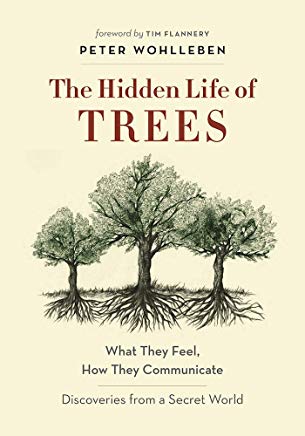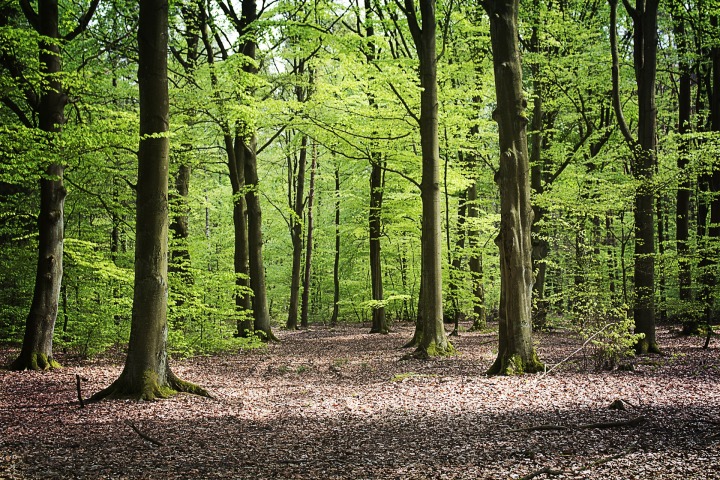
This post was originally seen on my blog about depression, Aergia’s Daughter. It can be found at https://aergiasdaughter.com
The Hidden Life of Trees by Peter Wohlleben might, at first glance, seem an odd book choice for a blog about depression.
Peter Wohlleben is a German forester who has spent years working for the forestry commission in that country. During his career he has observed trees, studied their habits and growth, and come to surprising conclusions about these incredible living things:
- When trees are attacked by an insect, they send out a chemical signal attracting predators that feed on that insect.
- If a giraffe starts eating an African acacia, the tree releases a chemical into the air prompting other trees to begin producing toxic chemicals.
- Trees share nutrients with others that are sick or struggling.
- Trees communicate with each other, and warn each other of impending danger by sending electrical signals across a fungal network he calls “the wood-wide web”.

Wohlleben has been accused of anthropomorphizing, assigning human characteristics to trees. That may be a valid criticism, but in doing so he makes us better understand and appreciate these living organisms, perhaps leading to more ecofriendly practices that will improve the health of our planet.
Andrea Wulff of The Washington Post probably described this book best by calling it “a declaration of love and an engrossing primer on trees, brimming with facts, and an unashamed awe for nature.”
But how does this book come within the purview of Aergia’s Daughter?
When I first experienced depression, it would come and go away, and come and go away. During one episode, I recall driving home from school. It was spring. As I drove, I realized that I was not doing well, and that it was just a matter of days before I would be confined to my bed, unable physically or mentally to get up. I kept telling myself, ” It’s a wonderful world. The sun is shining, the water is running down the street as the snow melts, and soon new buds will be on the trees and pushing their way through the soil. Life is amazing. It is awe-inspiring, incredible, extraordinary.”
But nothing I said could make me feel it. I knew it, but nowhere within me could I sense the wonder of life. Angrily, I used an archaic word, the only one which could convey the enormity of my lack of feeling. ” You are wicked! No one but a wicked, wicked person could fail to see the wonder that is life.”
 image from Ash at Lucid Being https://lucid-being.com/
image from Ash at Lucid Being https://lucid-being.com/
After weeks at home and a new regimen of medication, I was one day sitting on my deck, looking at my garden, when, like William Wordsworth, I was “surprised by joy”. The sun was pouring onto my face, the cat next door walking along the top of my fence, the plants in my patio bed lifting their foliage skyward. I thought about that other day when all had been as nothing, and I found myself offering thanks to a God that I didn’t even believe in, for allowing joy to return to my world.
Peter Wohlleben has discovered joy in trees and forests. He experiences this joy every day, and spends an entire book showing us one way to find it, if we choose.

